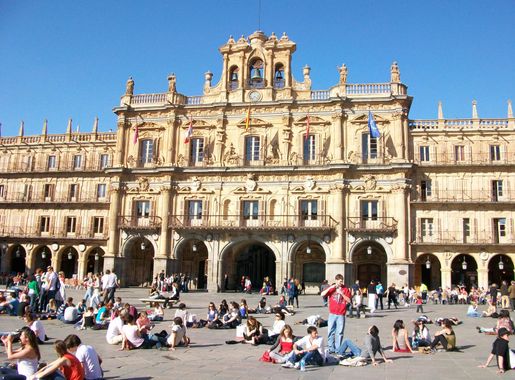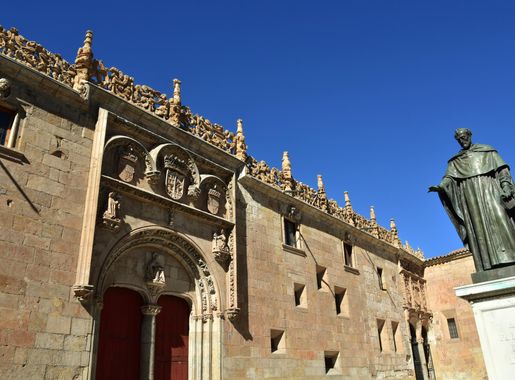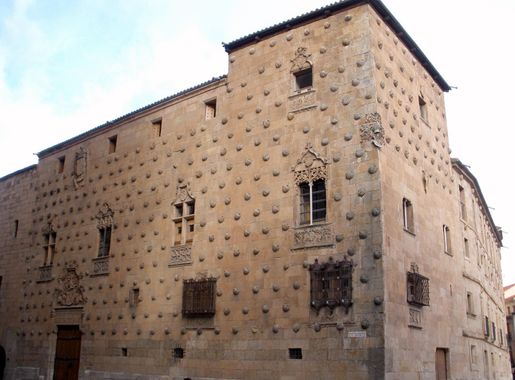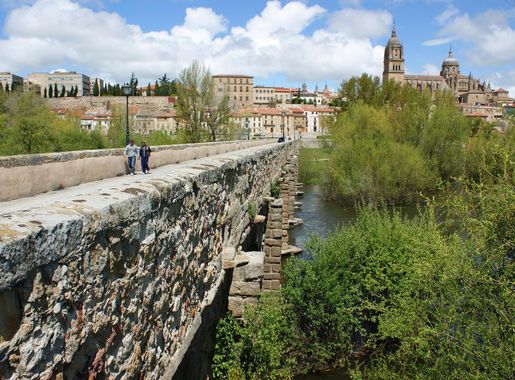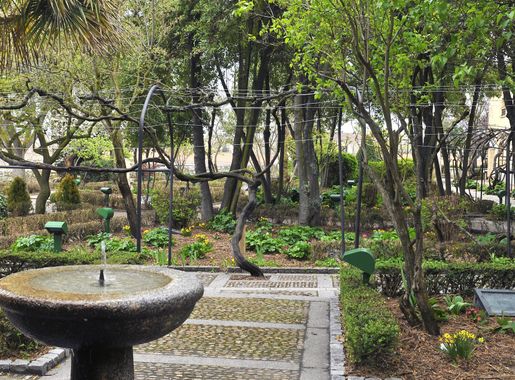
San Bernardo: Salamanca's Hidden Gem
Discover the charm of San Bernardo in Salamanca, a neighbourhood rich in history, culture, and vibrant local life. Perfect for travellers seeking an authentic Spanish experience.
San Bernardo, a charming neighbourhood in the heart of Salamanca, offers a perfect blend of history, culture, and modernity. Known for its picturesque streets and vibrant atmosphere, San Bernardo is a must-visit destination for any traveller seeking to experience the authentic spirit of Spain. The neighbourhood is home to several historic landmarks, including the Church of San Bernardo, which dates back to the 17th century. Its stunning architecture and intricate details are a testament to the rich cultural heritage of the area. Strolling through the cobblestone streets, visitors will find an array of traditional Spanish houses, quaint shops, and inviting cafes where they can enjoy local delicacies. San Bernardo is also a hub of activity, with numerous events and festivals taking place throughout the year. The neighbourhood's close proximity to the University of Salamanca adds to its lively atmosphere, making it a popular spot for both locals and tourists. Whether you're interested in exploring historical sites, indulging in delicious cuisine, or simply soaking up the local culture, San Bernardo has something to offer everyone.
Local tips in San Bernardo
- Visit the Church of San Bernardo early in the morning to avoid crowds.
- Try the local tapas at one of the neighbourhood's traditional cafes.
- Take a leisurely walk along the cobblestone streets to fully appreciate the historic architecture.
- Check out the local events calendar to experience one of the many festivals held throughout the year.
- Engage with the friendly locals for recommendations on hidden gems and must-see spots.
San Bernardo: Salamanca's Hidden Gem
San Bernardo, a charming neighbourhood in the heart of Salamanca, offers a perfect blend of history, culture, and modernity. Known for its picturesque streets and vibrant atmosphere, San Bernardo is a must-visit destination for any traveller seeking to experience the authentic spirit of Spain. The neighbourhood is home to several historic landmarks, including the Church of San Bernardo, which dates back to the 17th century. Its stunning architecture and intricate details are a testament to the rich cultural heritage of the area. Strolling through the cobblestone streets, visitors will find an array of traditional Spanish houses, quaint shops, and inviting cafes where they can enjoy local delicacies. San Bernardo is also a hub of activity, with numerous events and festivals taking place throughout the year. The neighbourhood's close proximity to the University of Salamanca adds to its lively atmosphere, making it a popular spot for both locals and tourists. Whether you're interested in exploring historical sites, indulging in delicious cuisine, or simply soaking up the local culture, San Bernardo has something to offer everyone.
Iconic landmarks you can’t miss
Salamanca Cathedral
Discover the architectural wonder of Salamanca Cathedral, a stunning blend of Gothic and Baroque styles, steeped in rich history and cultural significance.
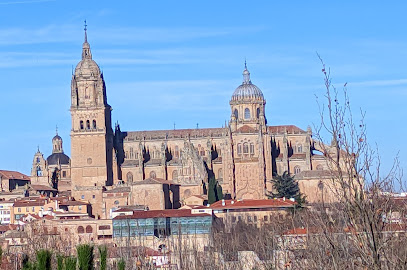
Huerto de Calixto y Melibea
Discover the serene beauty of Huerto de Calixto y Melibea, a historic garden in Salamanca, embodying romance and tranquility amidst stunning architecture.
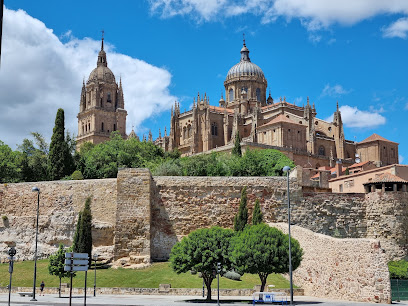
Convent of San Esteban
Explore the Convent of San Esteban, a historical gem in Salamanca, showcasing stunning architecture and rich cultural heritage.
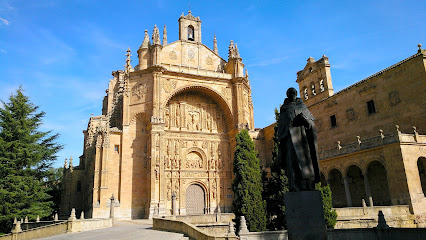
Casa de las Conchas
Explore the enchanting Casa de las Conchas in Salamanca, a historical landmark rich in culture, architecture, and literary heritage.

Monterrey's palace
Explore Monterrey's Palace, a stunning historical landmark in Salamanca, showcasing breathtaking architecture and rich cultural heritage.
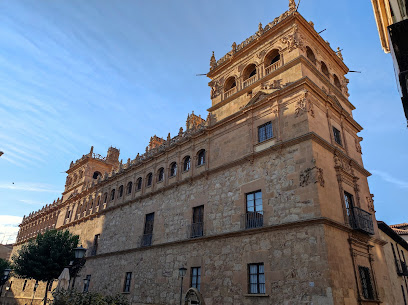
Cueva de Salamanca
Explore the mystical Cueva de Salamanca, a captivating open-air museum rich in history and legend, nestled in the heart of Salamanca, Spain.
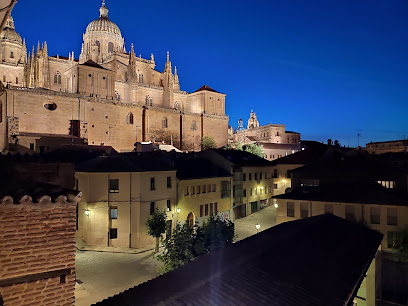
Anaya Palace
Explore the enchanting Anaya Palace in Salamanca, a historic landmark with stunning architecture and serene gardens, perfect for every traveler.
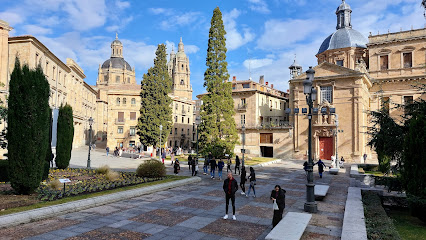
Casa de las Muertes
Explore the Casa de las Muertes in Salamanca, a historical landmark steeped in mystery and local legends, ideal for history buffs and curious travelers.

Monumenta Salamanticae (Iglesia de San Millán)
Explore the rich cultural heritage of Salamanca at Monumenta Salamanticae, a local history museum in the stunning Iglesia de San Millán.
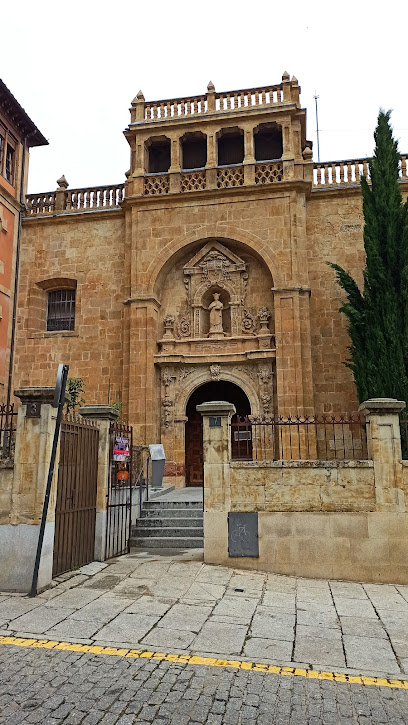
Verraco del puente
Discover the enchanting Verraco del Puente, a historical sculpture in Salamanca, capturing the essence of ancient craftsmanship and cultural heritage.
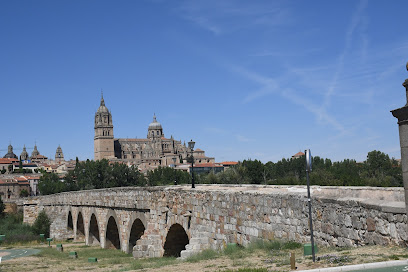
San Bernardo
Explore the beauty of San Bernardo, a stunning sculpture in Salamanca that embodies the city's rich artistic heritage and cultural vibrancy.
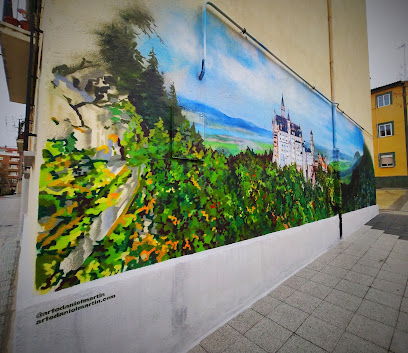
Unmissable attractions to see
Museo Art Nouveau y Art Déco - Casa Lis
Discover the elegance of the Art Nouveau and Art Deco movements at the Museo Art Nouveau y Art Déco - Casa Lis in Salamanca, Spain.
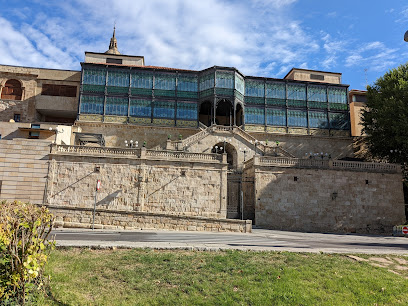
Convent Museum of Santa Clara
Explore the serene beauty and historical richness of the Convent Museum of Santa Clara in Salamanca, a unique blend of art, architecture, and spirituality.
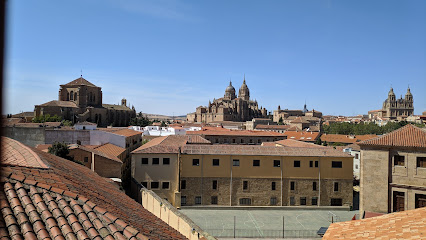
Palacio de Orellana
Experience the architectural beauty and cultural heritage of Salamanca at the stunning Palacio de Orellana, a must-visit tourist attraction.

Essential places to dine
VIDA & COMIDA
Experience exquisite Spanish cuisine at VIDA & COMIDA in Salamanca - where tradition meets modern culinary artistry.
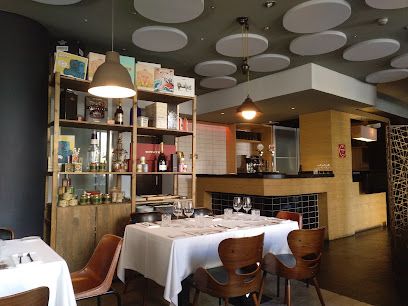
Oroviejo
Experience exceptional Castilian cuisine at Oroviejo in Salamanca - where tradition meets modern elegance.
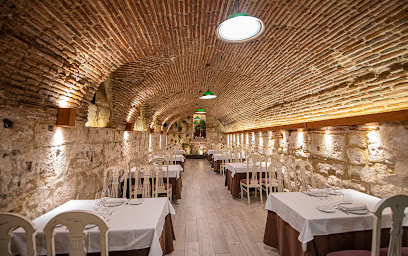
Zazu Bistro
Discover exquisite French and Mediterranean cuisine at Zazu Bistro in Salamanca - where every meal is a delightful journey of flavors.
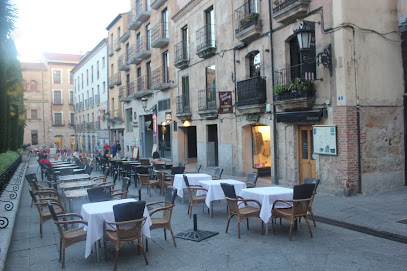
Restaurante En la Parra, SALAMANCA
Experience fine Mediterranean and Spanish dining at Restaurante En la Parra in Salamanca – where culinary artistry meets local tradition.
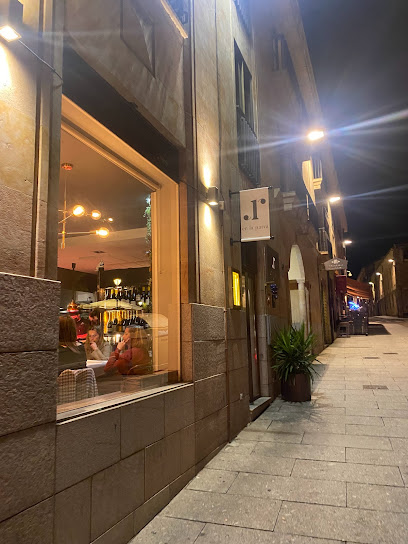
Restaurante Don Bustos- Restaurantes
Experience exquisite Basque and Mediterranean flavors at Restaurante Don Bustos in Salamanca - a must-visit for food lovers.
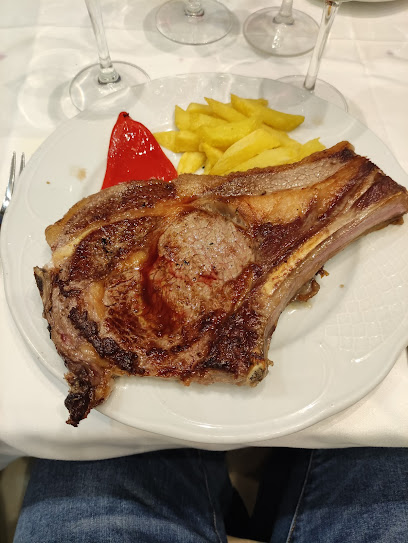
Bar La Tabernita
Experience authentic Spanish cuisine at Bar La Tabernita in Salamanca - a vibrant tapas bar filled with flavor and culture.
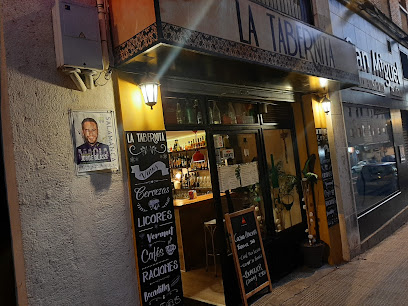
Casa Montero
Experience authentic Spanish tapas at Casa Montero in Salamanca - where every bite tells a story.

Amesa Puesta
Experience authentic Spanish cuisine at Amesa Puesta in Salamanca - where tradition meets innovation in every bite.
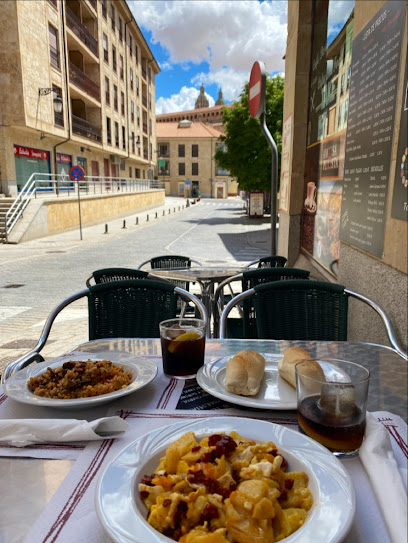
Restaurante O'pazo Couñago
Experience authentic Spanish cuisine at Restaurante O'pazo Couñago in Salamanca, where tradition meets taste in every delightful dish.
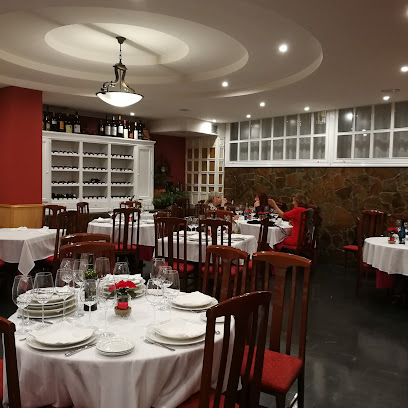
La Gabia Restaurante
Discover La Gabia Restaurante in Salamanca – where traditional Spanish cuisine meets modern elegance for an unforgettable dining experience.
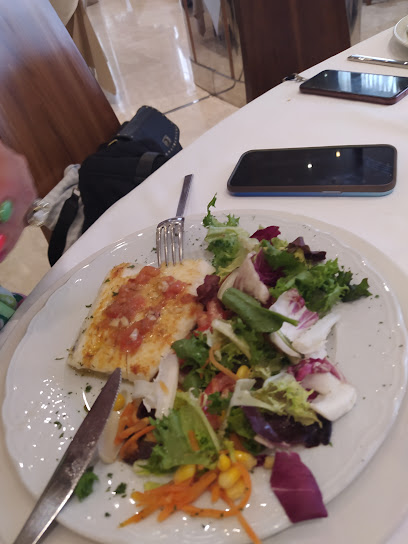
Markets, malls and hidden boutiques
▷ El Armario del Oeste - Ropa Segunda Mano en Salamanca - Vintage clothes
Explore El Armario del Oeste in Salamanca for a delightful vintage clothing experience, blending style, eco-friendliness, and unique fashion finds.
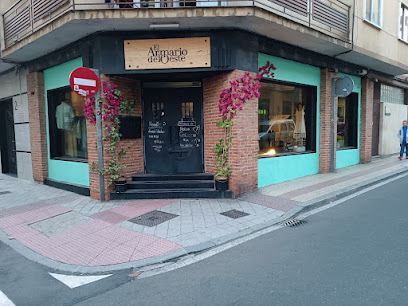
Tiendas EME
Explore Tiendas EME for unique antiques, vintage furniture, and charming jewelry in the heart of Salamanca.

Portobello Shop
Explore the charm of Salamanca at Portobello Shop, your go-to destination for unique gifts and local crafts that capture the essence of Spain.
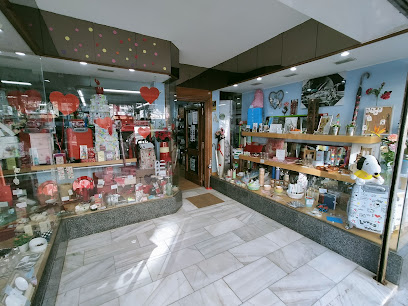
Akelarre
Explore Akelarre in Salamanca, where unique gifts and local artistry come together to create unforgettable souvenirs.
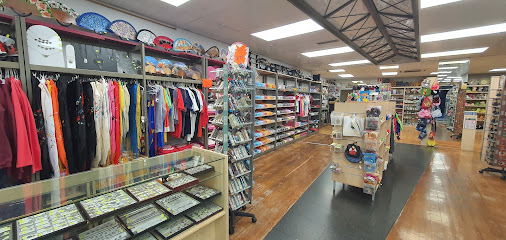
El Desván
Discover unique souvenirs and local treasures at El Desván, Salamanca's charming gift shop for home goods and exquisite costume jewelry.
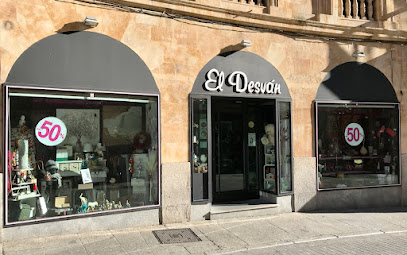
Hiedra
Explore Hiedra, Salamanca's charming gift shop, for unique local crafts and souvenirs that showcase the region's artistic heritage.
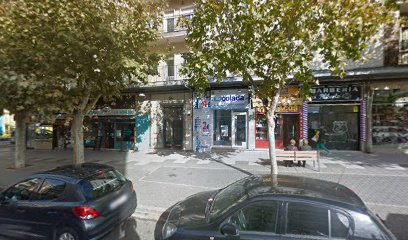
Pura Blazquez
Explore the enchanting Pura Blazquez in Salamanca, where unique gifts and local artistry come together to create unforgettable memories.
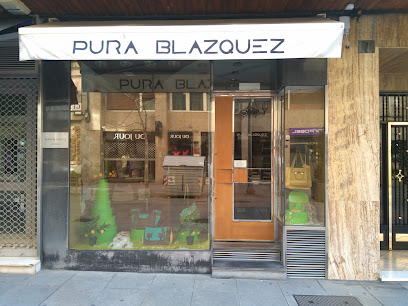
Melania Regalos & Complementos
Explore Melania Regalos & Complementos for unique gifts and clothing in the heart of Salamanca, where local craftsmanship meets vibrant culture.

Merkatex
Explore Merkatex: Salamanca's chic clothing store offering unique fashion and local style perfect for every traveler.
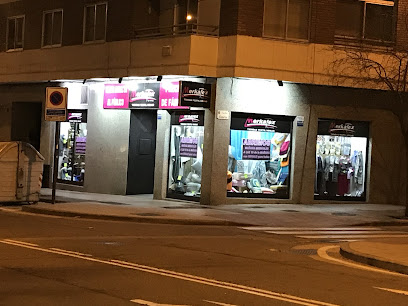
Lenceria - Moda Joven Comeprecios-3
Explore contemporary fashion at Lenceria - Moda Joven Comeprecios-3, a must-visit store in Salamanca for style-savvy tourists.
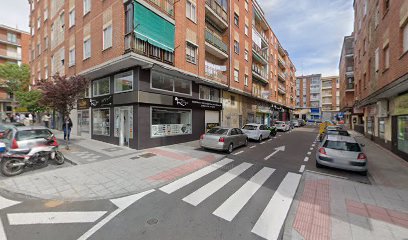
Essential bars & hidden hideouts
St. Patrick's Irish Pub
Experience the charm of Irish culture at St. Patrick's Irish Pub in Salamanca, where hearty meals and lively entertainment await.
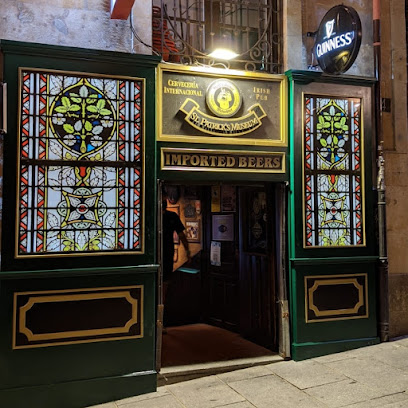
Niebla Cocktail Bar
Discover Niebla Cocktail Bar in Salamanca - where delightful cocktails meet vibrant live music and a cozy atmosphere.
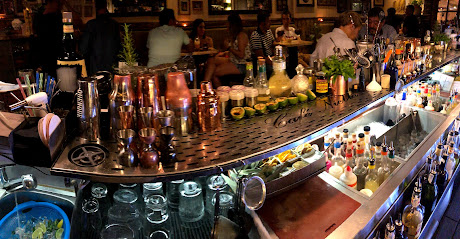
Posada de las Animas Café-Pub
Discover the lively atmosphere and diverse menu at Posada de las Animas Café-Pub, a perfect blend of pub and café in Salamanca, Spain.
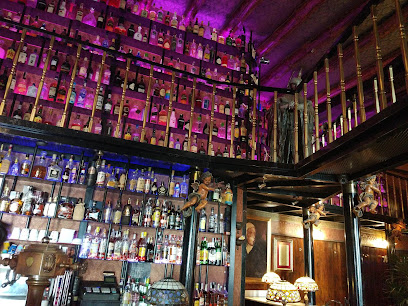
Vintage Cocktail Bar
Experience the vibrant nightlife of Salamanca at the Vintage Cocktail Bar, where expertly crafted cocktails and a charming atmosphere await.
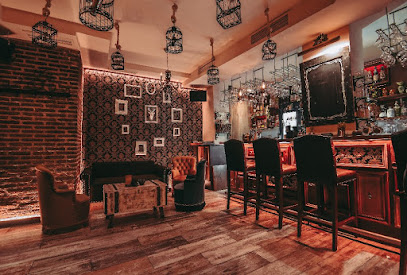
PUBEER
Discover PUBEER in Salamanca for an unforgettable night filled with fun, friends, and fantastic drinks in a vibrant pub atmosphere.
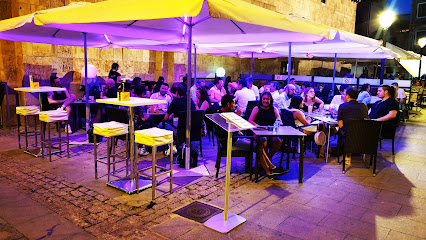
Bar La Tabernita
Experience authentic Spanish tapas at Bar La Tabernita in Salamanca, where vibrant flavors and a welcoming atmosphere await every visitor.

Bar Macondo
Experience the vibrant atmosphere of Bar Macondo in Salamanca, where great drinks and local culture come together in a cozy setting.
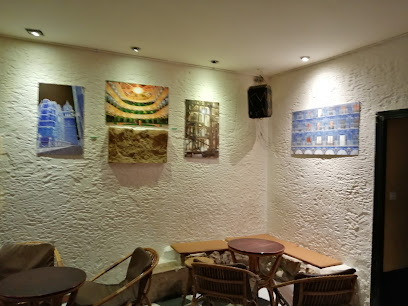
Bar Benidorm
Experience the vibrant atmosphere and authentic tapas at Bar Benidorm, a local favorite in the heart of Salamanca, Spain.
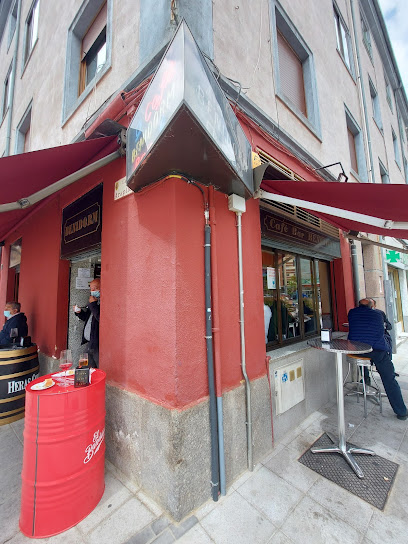
Café Bar Kansas
Experience the vibrant atmosphere of Café Bar Kansas in Salamanca, where local flavors meet an inviting ambiance for every traveler.
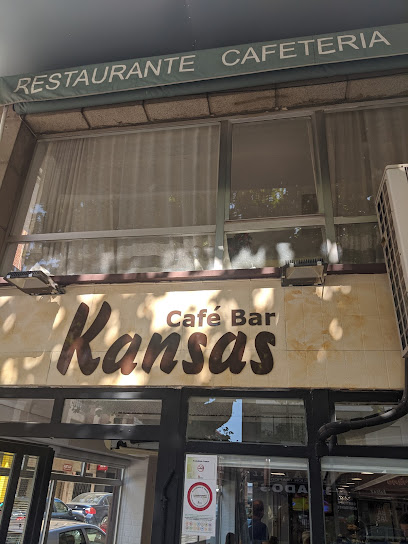
Malabar
Discover the vibrant nightlife at Malabar, a bar in Salamanca known for its eclectic music and lively atmosphere, perfect for night owls.
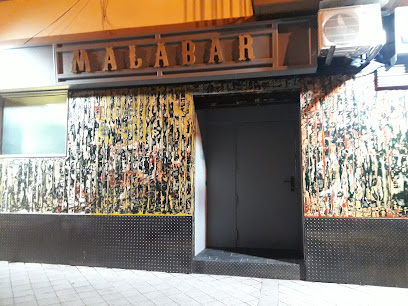
Local Phrases
-
- HelloHola
[oh-lah] - GoodbyeAdiós
[ah-dyohs] - YesSí
[see] - NoNo
[noh] - Please/You're welcomePor favor/De nada
[por fah-vohr/deh nah-dah] - Thank youGracias
[grah-thyahs] - Excuse me/SorryPerdón/Lo siento
[pehr-dohn/loh syehn-toh] - How are you?¿Cómo estás?
[koh-moh ehs-tahs] - Fine. And you?Bien. ¿Y tú?
[byen. ee too] - Do you speak English?¿Hablas inglés?
[ah-blahs een-glehs] - I don't understandNo entiendo
[noh ehn-tyen-doh]
- HelloHola
-
- I'd like to see the menu, pleaseMe gustaría ver el menú, por favor
[meh goos-tah-ree-ah behr ehl meh-noo, por fah-vohr] - I don't eat meatNo como carne
[noh koh-moh kahr-neh] - Cheers!¡Salud!
[sah-lood] - I would like to pay, pleaseMe gustaría pagar, por favor
[meh goos-tah-ree-ah pah-gahr, por fah-vohr]
- I'd like to see the menu, pleaseMe gustaría ver el menú, por favor
-
- Help!¡Ayuda!
[ah-yoo-dah] - Go away!¡Vete!
[veh-teh] - Call the Police!¡Llama a la policía!
[yah-mah ah lah poh-lee-see-ah] - Call a doctor!¡Llama a un médico!
[yah-mah ah oon meh-dee-koh] - I'm lostEstoy perdido
[ehs-toy pehr-dee-doh] - I'm illEstoy enfermo
[ehs-toy ehn-fehr-moh]
- Help!¡Ayuda!
-
- I'd like to buy...Me gustaría comprar...
[meh goos-tah-ree-ah kohm-prahr...] - I'm just lookingSolo estoy mirando
[soh-loh ehs-toy meer-ahn-doh] - How much is it?¿Cuánto cuesta?
[kwan-toh kwehs-tah] - That's too expensiveEsto es demasiado caro
[ehs-toh ehs deh-mah-syah-doh kah-roh] - Can you lower the price?¿Puedes bajar el precio?
[pweh-dehs bah-hahr ehl preh-see-oh]
- I'd like to buy...Me gustaría comprar...
-
- What time is it?¿Qué hora es?
[keh oh-rah ehs] - It's one o'clockEs la una en punto
[ehs lah oo-nah ehn poon-toh] - Half past (10)Y media (10)
[ee meh-dee-ah (deh-eez)] - MorningMañana
[mah-nyah-nah] - AfternoonTarde
[tahr-deh] - EveningNoche
[noh-cheh] - YesterdayAyer
[ah-yehr] - TodayHoy
[oy] - TomorrowMañana
[mah-nyah-nah] - 1Uno
[oo-noh] - 2Dos
[dohs] - 3Tres
[trehs] - 4Cuatro
[kwah-troh] - 5Cinco
[theen-koh] - 6Seis
[says] - 7Siete
[syeh-teh] - 8Ocho
[oh-choh] - 9Nueve
[nweh-veh] - 10Diez
[dyehth]
- What time is it?¿Qué hora es?
-
- Where's a/the...?¿Dónde está...?
[dohn-deh ehs-tah] - What's the address?¿Cuál es la dirección?
[kwahl ehs lah dee-rehk-syohn] - Can you show me (on the map)?¿Puedes mostrarme (en el mapa)?
[pweh-dehs mohs-trar-meh (ehn ehl mah-pah)] - When's the next (bus)?¿Cuándo es el próximo (autobús)?
[kwan-doh ehs ehl proh-ksee-moh (ow-toh-boos)] - A ticket (to ....)Un billete (a ....)
[oon beel-yeh-teh (ah ....)]
- Where's a/the...?¿Dónde está...?
History of San Bernardo
-
San Bernardo, an emblematic neighborhood of Salamanca, originated in the late 19th century as a response to the city’s rapid population growth due to industrialization and the expansion of the University of Salamanca. Initially, it served as a residential area for the working class and those employed by the burgeoning industries surrounding the city. The neighborhood was characterized by its modest housing and communal spaces, reflecting the social dynamics of the time.
-
By the mid-20th century, San Bernardo experienced a cultural renaissance, influenced by the nearby University of Salamanca, one of the oldest in the world. This period saw an influx of students and intellectuals who contributed to the neighborhood's vibrant atmosphere. Cafés, bookstores, and cultural venues emerged, fostering a sense of community and intellectual exchange that has persisted into the present day.
-
Throughout the 20th century, San Bernardo underwent significant urban development, with various architectural styles appearing as the neighborhood evolved. Notably, the construction of modernist buildings in the 1960s and 1970s showcased a departure from traditional Spanish architecture, reflecting broader trends in urban planning. The careful integration of green spaces and residential areas has made San Bernardo a sought-after neighborhood for families and students alike.
-
The late 20th century brought socioeconomic changes to San Bernardo, paralleling shifts in Salamanca and Spain as a whole. The economic boom of the 1980s led to increased investment in infrastructure and public services. However, the neighborhood also faced challenges, such as rising property prices and gentrification, which prompted discussions about maintaining the area's cultural identity while accommodating growth.
-
Today, San Bernardo stands as a unique blend of history and modernity, retaining its traditional charm while embracing contemporary developments. The neighborhood is home to various cultural events, local markets, and artistic initiatives that celebrate its rich heritage. It continues to be a hub for students, families, and visitors, witnessing the ongoing evolution of Salamanca’s cultural landscape.
San Bernardo Essentials
-
San Bernardo is conveniently located within Salamanca, making it easily accessible from other neighborhoods. You can reach San Bernardo by walking from the city center, which takes approximately 15-20 minutes. Alternatively, local buses (such as Line 1 and Line 6) connect the area to other parts of Salamanca. Taxis are also available and can be flagged down or booked via phone.
-
San Bernardo is a walkable neighborhood, and many attractions can be explored on foot. For longer distances, public buses are available, and taxis can be hired for convenient transport. Bicycles can be rented from various shops, and there are bike lanes in some areas. The city also has a bike-sharing program that allows you to rent bikes for short periods.
-
San Bernardo is generally safe for tourists, but standard precautions should be taken. Avoid poorly lit areas at night and keep your belongings secure, especially in crowded spots. While there are no specific high-crime areas targeting tourists, petty theft can occur, particularly in busy markets or near tourist attractions.
-
In case of an emergency, dial 112 for police, fire, or medical assistance. The local hospital is located nearby, and pharmacies are available for minor health issues. It is advisable to have travel insurance that covers emergency medical services.
-
Fashion: Do wear comfortable shoes for walking; don’t wear overly casual attire when dining in upscale restaurants. Religion: Do respect local customs, especially in religious sites; don’t take photos where prohibited. Public Transport: Do give up your seat to elderly passengers; don’t engage in loud conversations. Greetings: Do greet locals with a friendly 'Hola'; don’t ignore personal space. Eating & Drinking: Do try local specialties like hornazo; don’t drink alcohol in public areas unless permitted.
-
To experience San Bernardo like a local, visit the weekly markets for fresh produce and local crafts. Engage in conversations with residents, as they often provide insights into the area’s history and culture. Try to participate in local festivals or events if your visit coincides with them, and don’t miss out on local tapas bars to enjoy authentic Salamanca cuisine.
Nearby Cities to San Bernardo
-
Things To Do in Avila
-
Things To Do in Valladolid
-
Things To Do in Bragança
-
Things To Do in Segovia
-
Things To Do in Chaves
-
Things To Do in Vila Real
-
Things To Do in Madrid
-
Things To Do in Lamego
-
Things To Do in Toledo
-
Things To Do in Guimarães
-
Things To Do in Burgos
-
Things To Do in Braga
-
Things To Do in Coimbra
-
Things To Do in Porto
-
Things To Do in Aveiro

